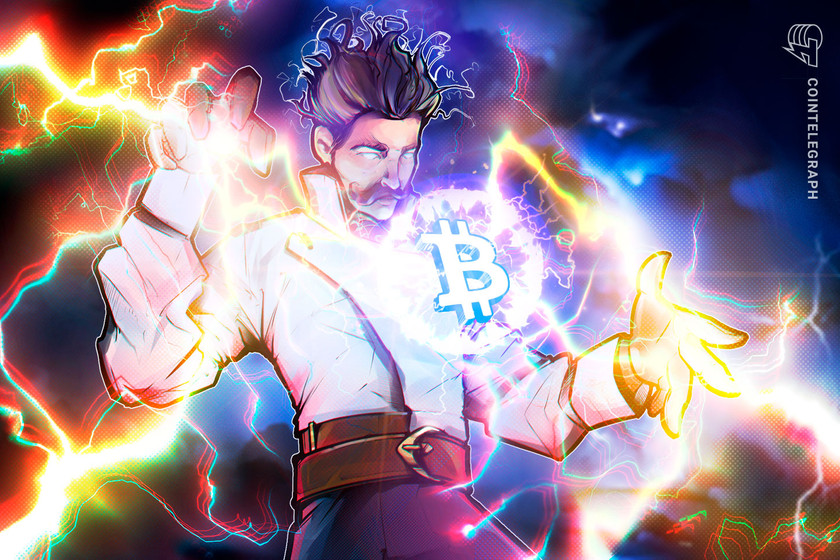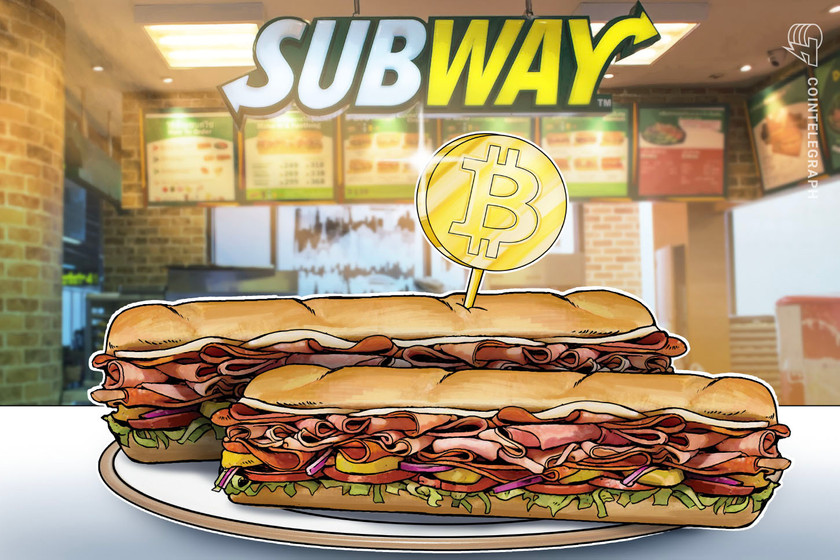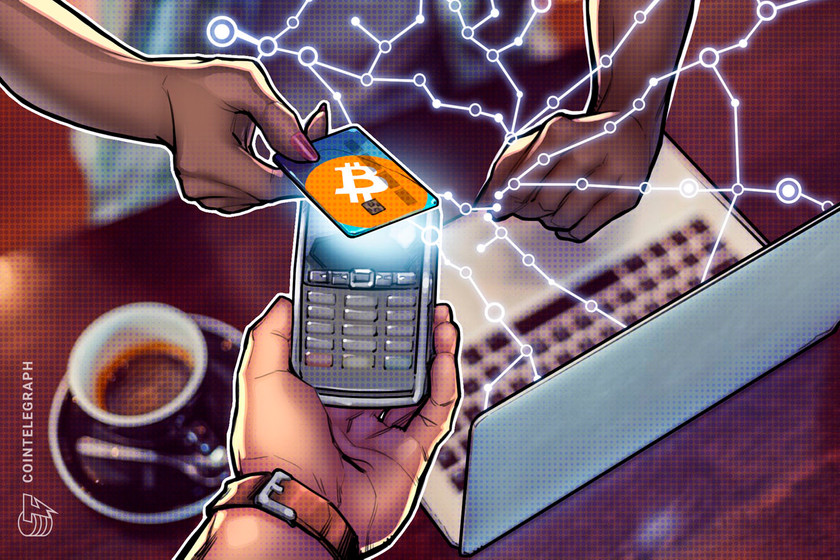Bitcoin could hit $10M in 9 years but more sidechains needed: Blockstream CEO


If Adam Back and Hal Finney’s $10 million price prediction were to come true, the BTC market cap would be approximately $200 trillion.
Blockstream CEO Adam Back believes the price of Bitcoin (BTC) could reach $10 million by the end of the sixth halvening in 2032, as long as Bitcoin layer-2 technology and wallet infrastructure improves.
In a Feb. 12 Twitter thread, the Bitcoin Core contributor explained to his 509,000 followers under what situation Hal Finney’s $10 million price prediction for BTC could come true.
Back noted that BTC has doubled in price year-on-year on average since 2013 and explained that if that trend continues, Bitcoin’s price will reach $10 million, along with a $200 trillion market cap, in around nine years’ time.
early this year i was curious of the claim “bitcoin 2x’s per year on average”. it checks: the decade jan 2013 – dec 2022 #bitcoin went up 2.036x/year (1200x in a decade). if that continues we’ll cross $10mil/BTC and $200 tril market cap by end of next 2 halvenings, about 9 years. pic.twitter.com/mqmO2SRdAv
— Adam Back (@adam3us) February 12, 2023
However, Back said that in order for that figure to be reached, improvements in Bitcoin layer-2 technologies and wallet infrastructure needs to be fast tracked to give time for these innovations to scale:
“i think things will get “interesting” over the next two halvings. and fast, we don’t have much time to scale tech. we need somewhere for the next billion users to own their own UTXO, their own keys, with censorship-resistant cold storage. without weakening main-chain security.”
Back said that it “probably means sidechains/drivechains as a tradeoff. more lightning optimization […] we don’t have much time as tech takes time to mature, wallets, interop, integration.”
Responding to a comment, Back said he believes Bitcoin adoption hasn’t reached the bottom of the S-curve yet, as only 1-2% of the world population has tapped into Bitcoin. He predicts more investors will begin to “stack” BTC into cold storage wallets:
“given volatility, i think #bitcoin can overshoot wildly and tap one of these $100-300 trillion market caps, correct and then regain a steadier adoption over time. i suspect people with average entry points, relative to then current price won’t have much incentive to sell in size.”
The CEO explained that part of that next wave of adoption may come from what he describes as “hyperbitcoinization spurts” — where people in hyperinflationary environments will “rush” to bitcoin:


Related: Blockstream CEO Adam Back talks Bitcoin over a game of Jenga
However, responding to another comment, Back also admitted that “we’ve utterly failed to financialize bitcoin” thus far. The cypherpunk suggested that Bitcoin could be used in mortgages where property is used as collateral and Bitcoin as the interest:
“the market in bitcoin-native financialisation is immature, almost untouched. bitcoin structured products, mortgages backed by real-estate but interest guaranteed by BTC, other products make bitcoin easier to use for more people, and match risk profiles. which creates more growth.”
Back added that in order to approach $10 million, BTC would also need to “displace” a significant proportion of store of value premiums in bonds, real estate, gold and stock portfolios.
You think bitcoin twitter is bullish? Hal Finney (@halfin), was calculating a bitcoin price of $10,000,000 per coin just ONE WEEK after the the genesis block on January 3rd, 2009.
Absolute legend. pic.twitter.com/5MptLhEYHL
— Doc (@DrBitcoinMD) August 23, 2019
At time of writing, BTC was priced at $21,800.


























